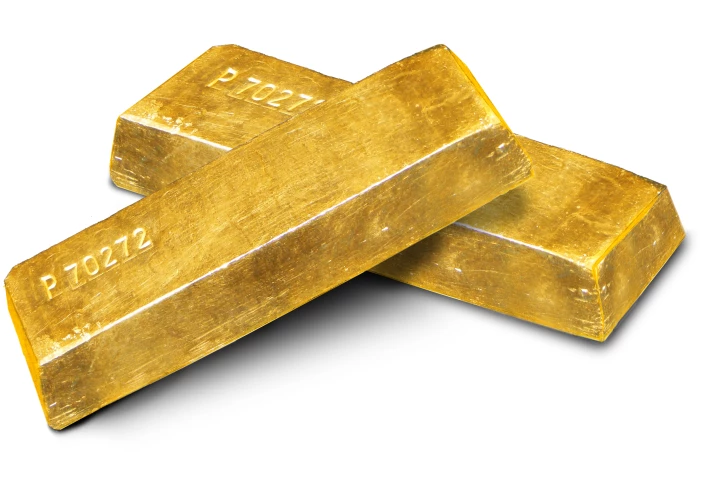Solid oxide fuel cells (SOFC) can help extend the range of electric cars using a range of fuels, and run stationary power generators, with minimal emissions. The trouble is, these cells require awfully high temperatures to operate.
A combined effort by researchers from South Korea and Japan might help tackle that: the team has developed a new crystalline material that can release and capture oxygen on demand, as if it was breathing. That allows for efficient electricity production from hydrogen with low emissions from fuel cells, and without breaking down over repeated use.
The crystal is actually a metal oxide comprising strontium, iron, and cobalt. By heating it to a relatively low temperature of about 752 °F (400 °C), it can be made to release oxygen when needed. This tackles the challenge of operating in harsher conditions involving much higher temperatures for oxygen control, and replaces other materials used in this process that were too fragile to use repeatedly.

"This is a major step towards the realization of smart materials that can adjust themselves in real time," explained Professor Hiromichi Ohta from Japan's Hokkaido University, who co-authored the paper on this tech that appeared in Nature Communications last week. "The potential applications range from clean energy to electronics and even eco-friendly building materials."
Going beyond fuel cells, it can also feature in small devices called thermal transistors that can control heat transfer in electronics, and also in smart windows for adjusting heat flow as needed to maintain indoor temperatures.
Source: Hokkaido University




